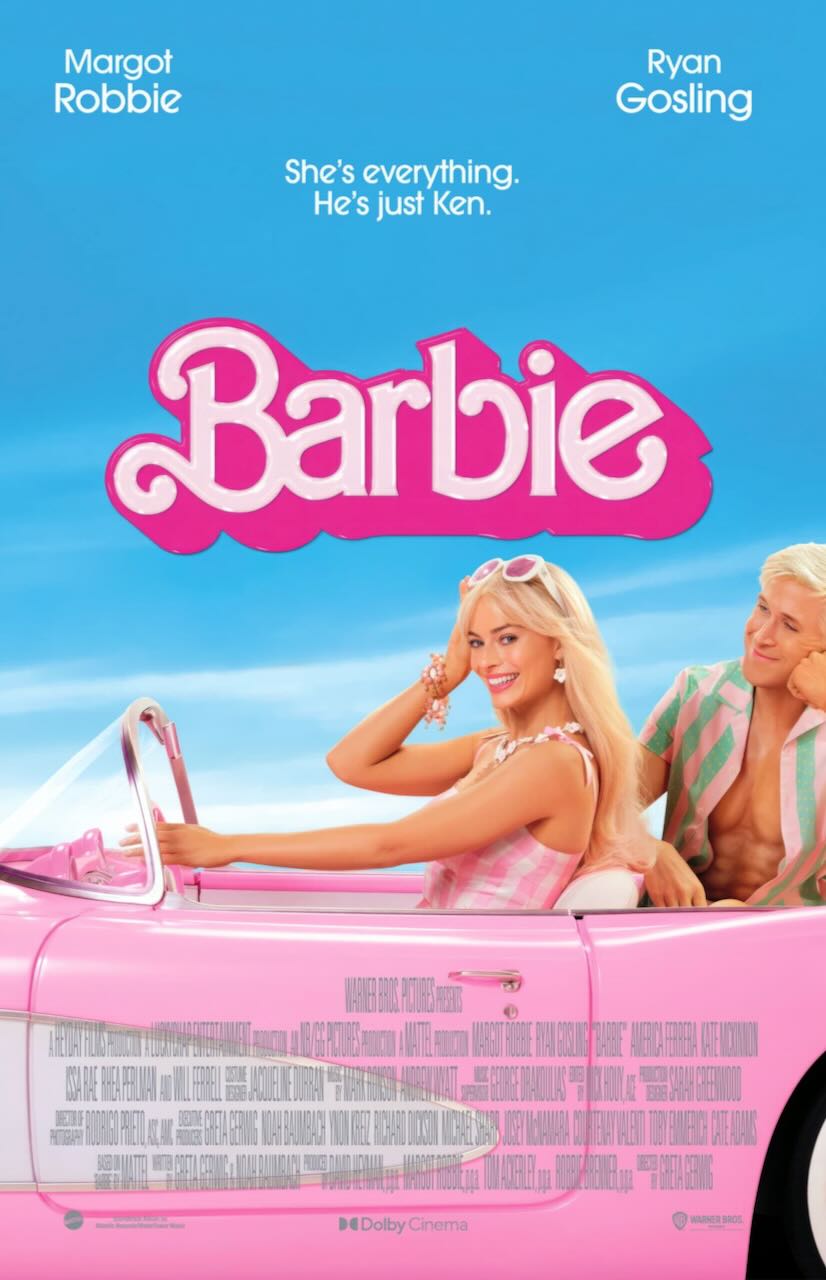
By Rev. Patti Nakai
The new “Barbie” movie has some Buddhist themes, which others already have written about. So I’ll focus on what I see as the Jodo Shinshu connection (Warning: This article contains spoilers).
In the opening sequence that takes place in Barbieland, “Stereotypical Barbie”—the main character played by Margot Robbie—appears to view her sheltered world as Utopia, much like how Shinran Shonin, Jodo Shinshu’s founder, initially may have seen the Pure Land on Mt. Hiei, particularly at the monastery where he first trained as a priest with its majestic temples set in a beautiful wooded area.
The next day, however, Barbie begins to sense something is out of whack. She goes to “Weird Barbie” (played by Kate McKinnon), who sends her to the Real World. To me, Weird Barbie was like Hōnen, Shinran’s teacher. Although Hōnen followed a monk’s lifestyle and appearance, Shinran must have heard the Mt. Hiei crowd refer to his future teacher as weird for leaving the morally upright life of the monastery in order to rub elbows with the riff-raff down in Kyoto city.
In the Real World, Barbie encounters a mother and daughter (played by America Ferrera and Ariana Greenblatt), who talk about the suffering of oppressed women in their world. They represent the voices of common people calling for help in finding liberation, much like the voices of the non-aristocratic commoners who made Hōnen aware of their plight in Kyoto.
Barbie brings the two women to Barbieland, but finds that Ken, after visiting the Real World, has imposed patriarchal rule and brainwashed women to serve men. Barbie is paralyzed with depression –a feeling I’m sure many of us feel in witnessing how far our real world falls short of the Pure Land ideal.
Weird Barbie calls to her to mobilize women and build solidarity to take back power in Barbieland. This is like Hōnen reminding Shinran the purpose of spreading nembutsu teachings is to awaken the downtrodden to see their lives as free and equal to all beings. This was the calling Shinran followed after being exiled to the Eastern Japan countryside.
Barbie has a heart-to-heart talk with Ken, apologizing for taking him for granted. That apology is like “Namu” (bowing down) in nembutsu, a realization the universe doesn’t exist for me to get my way. When Barbie assures Ken he is worthy just as he is, without being attached to material possessions, status or even his relationship with her, it’s like hearing the “Amida Butsu” in nembutsu. It’s what the Larger Sutra on the Buddha of Infinite Life reminds us, when Dharmakara makes forty-eight vows. The message—Value all beings and don’t dismiss anyone for their clothes, skin color, gender role, disabilities, and so forth.
In the end, Barbie chooses to become fully human. In other words, she gives up her static, idealized form and becomes a foolish ordinary being with a functioning physical body. As we all know, having a body makes us foolish, driven by hunger and all our bodily needs, such as needing to use the toilet. We are afflicted by all kinds of irrational thoughts and actions, especially by our genitals and hormones. Shinran refers to himself as “this fleshly body,” knowing he is no better than anyone else who’s driven by food, restrooms and sensual pleasures.
With so much injustice and violence in our world, perhaps it’s hard to see the Pure Land in “Barbie,” but to me, this movie symbolizes Amida Buddha’s vow and aspiration that liberate us and help create a world of equality. The nembutsu, reciting the words, “Namu Amida Butsu,” reminds us to be humble and respect all beings.
-Rev. Patti Nakai recently retired as minister of the Buddhist Temple of Chicago

